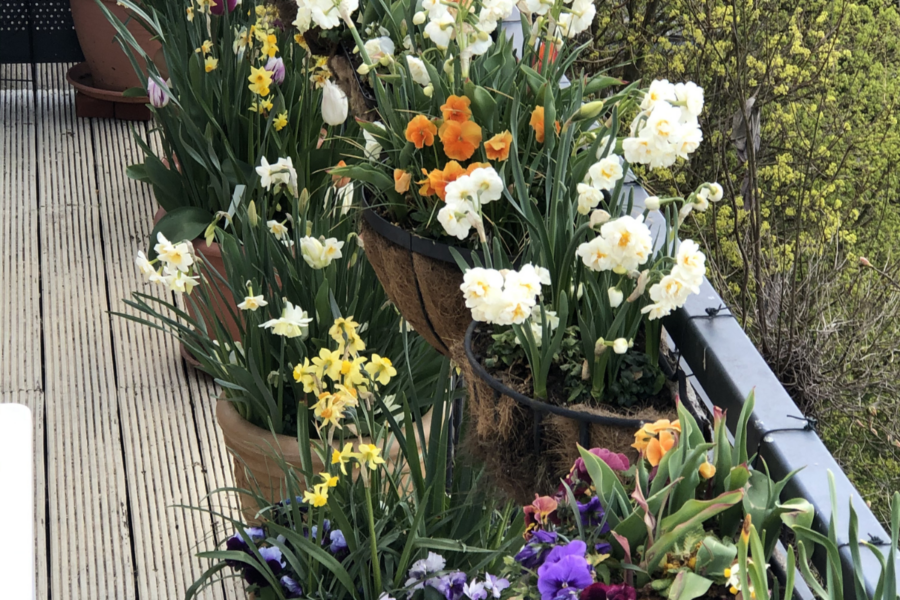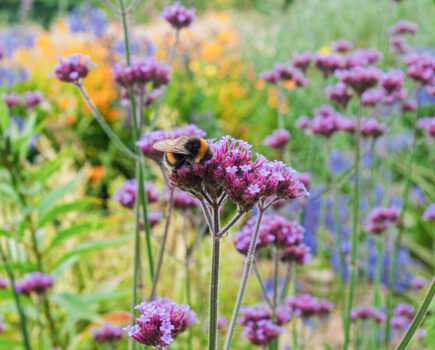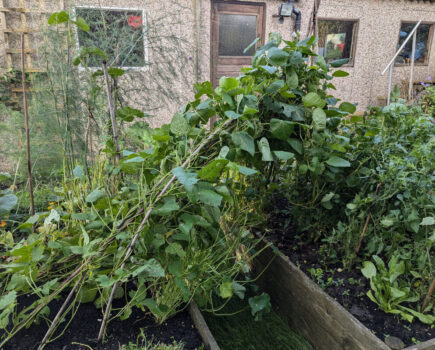There’s much more to spring bulbs than meets the eye, writes Chris Collins
The tradition of planting bulbs is such an integral part of British gardening – no spring would be the same without them. They look particularly striking when planted in pots and baskets in a small space, bringing in the new season with a colourful show.
Bulbs help me change my balcony garden with the seasons. My containers are filled with colour and food in the summer, and then as the growing season concludes I plant the bulbs that will come to life in the following spring.
The classic container planting for bulbs is often described as the ‘lasagne method’, but I prefer the term ‘trifle’ as the results are much more colourful! Either of these descriptions refers to layering the bulbs throughout the pot. This means the larger, later-flowering bulbs are deeper down (tulip), while the earlier flowering corms like crocus are nearer the top.
The real beauty of these spring-flowering plants is the length of time they can provide colour. From January there’s snowdrops, February there’s crocus, followed by grape hyacinth, daffodils and scilla in March/April. And then there’s the late comers: tulips and allium in May. Five whole months of floral display to revel in: there are very few plants that provide such value.
Although most bulbs are highly hybridised, there are some beautiful species varieties to try such as Tulipa turkstanica, T. Slyvestris and T. Saxatilis. The classic Crocus tommasinianus is wonderful for early colour and daffodil Narcissus bulbocodium and Narcissus pseudonarcissus are worthy of Wordsworth fame. Remember too that bulbs like this are important sources of early pollen for our pollinators.
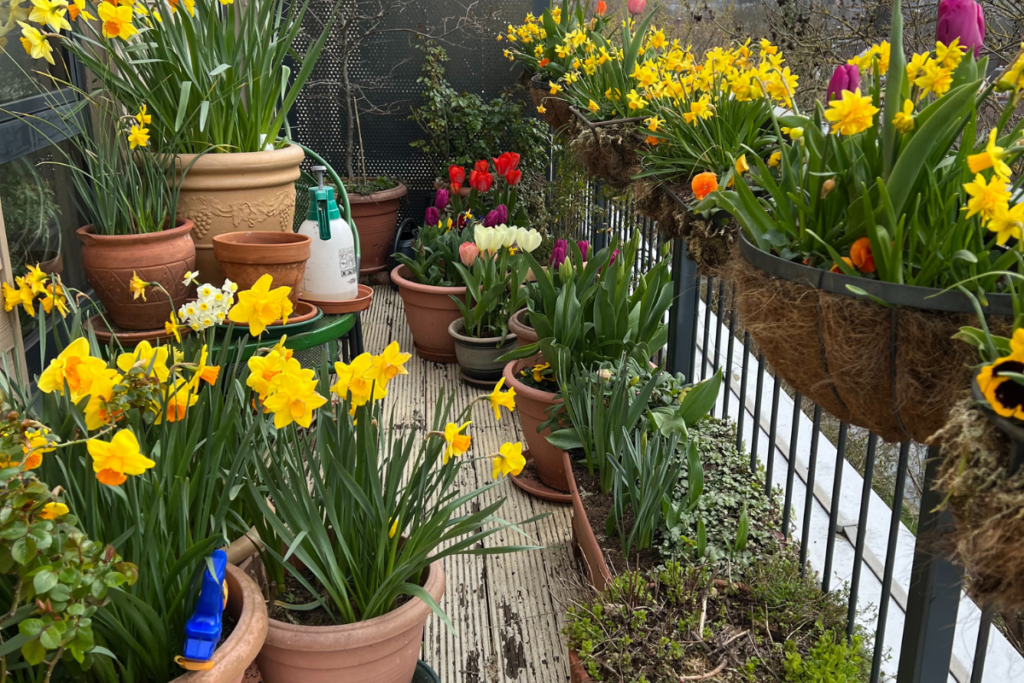
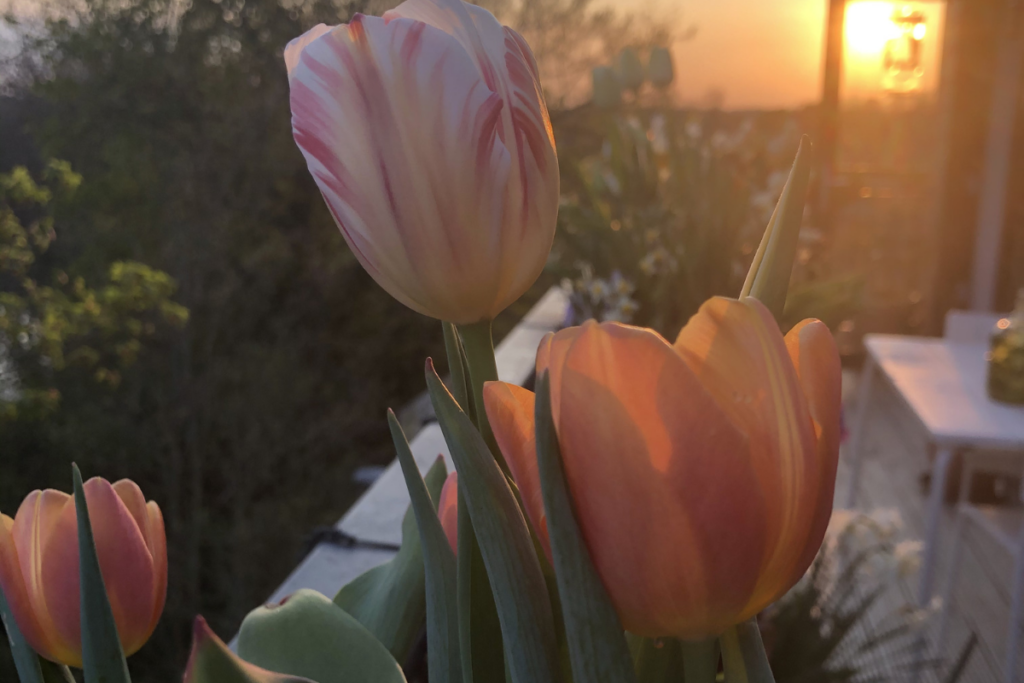
Small Space Q&A
Q. Can I buy organic bulbs?
A. Organic bulbs can be a bit of a challenge with just one percent of bulbs being organically produced. The methods, such as an agroforestry system or being planted in conjunction with green manures, takes more time and produces smaller yields. However, it’s about supply-and-demand so if you want organic bulbs, demand them and more will be produced.
Q. How can I recycle spent bulbs?
A. If growing in pots on a seasonal basis, you can easily find spots to rehouse bulbs once the spring is over. Give them five to six weeks to reabsorb the nutrients and transfer to the ground. Mine often end up in my carpark verge, and the daffodils are transplanted to the lawns of friends. By rolling back the turf, replanting and putting the turf back in place, they will thrive and thicken out over the years, producing offsets and providing you with your own organic bulb supply.
Q. What bulbs will attract bees
A. Bulbs offer early season pollen and nectar for bees, especially emerging bumblebees. Spring flowers such as winter aconite, snowdrop, crocus and grape hyacinth are all bee magnets.

Find more tips, advice and articles like this at the Amateur Gardening website. Subscribe to Amateur Gardening magazine now

